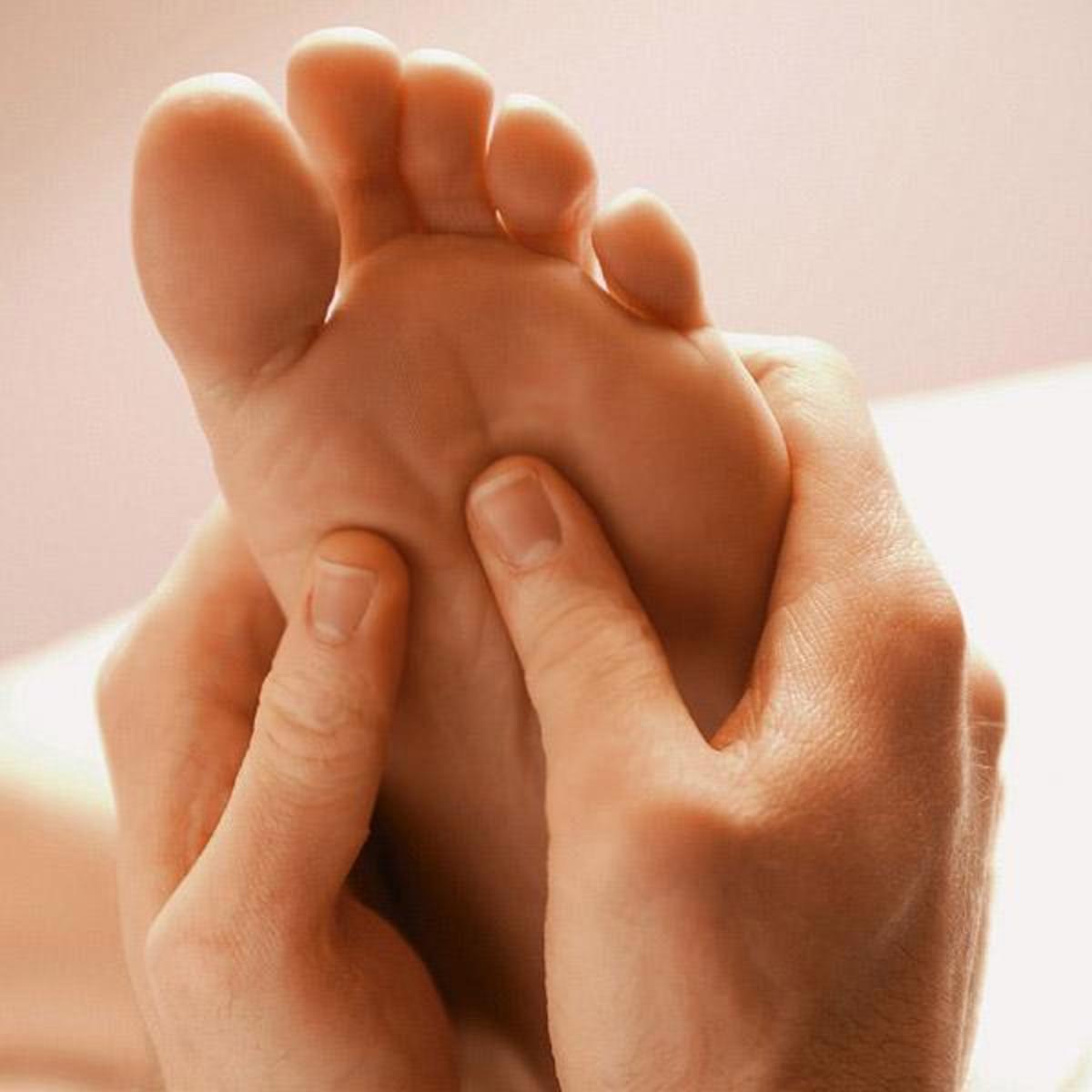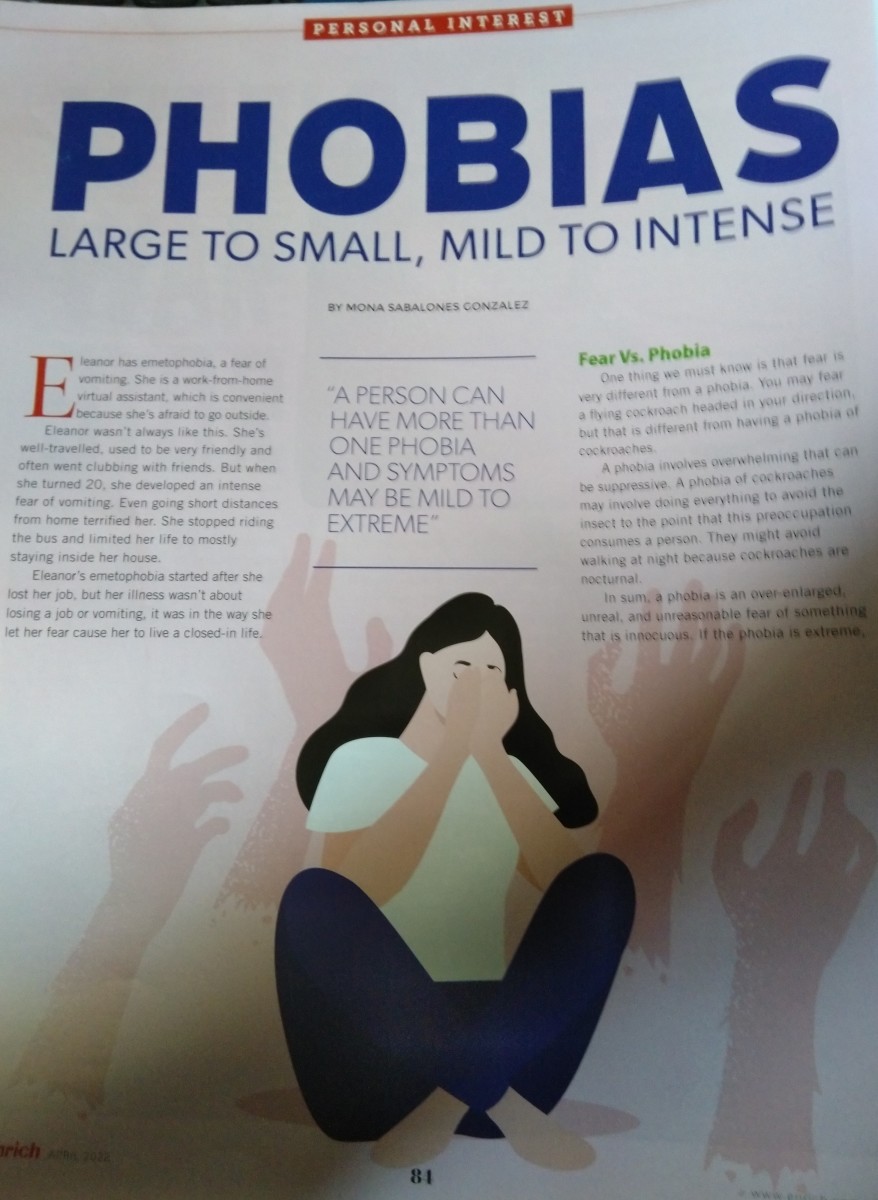- HubPages»
- Health»
- Mental Health»
- Anxiety Disorders
Laziness or Work Phobia?
It’s Monday morning; the alarm shrills loudly and you press the snooze button and stick your head under the pillow. The alarm goes off again and you press snooze again.
Your heart begins to beat faster and you get breathless, beads of perspiration appear on your top lip and your skin is flushed. Could you be ill? Influenza maybe?

You get up, shower and slowly get ready for work. As you approach your workplace, the palpitations begin again and your chest begins to hurt. Could you be having a heart attack?
You could be suffering from the flu or even having a heart attack but it’s more likely that you are experiencing Workplace Phobia.

Work Phobia
What is Workplace Phobia?
Workplace phobia is primarily an anxiety reaction; brought about by some real or imagined stimulus at the place of work. It is rarely straightforward or clear-cut as the workplace is a complex environment with lots of stimuli. This reaction could be to a situation that has developed with a co-worker or some unwelcome change in procedure that has occurred. It could start with an inconvenience that becomes blown out of all proportion. Environmental factors can also play a part; such as the temperature being unacceptable or the lighting inadequate or unsuitable for the task at hand.
In more mature workers, fear of technology and lack of training to use new equipment can present an anxious reaction.
In some cases; if the anxiety level is great, a full-blown panic attack can develop; thus rendering the person unable to attend his normal workplace and carry out his normal duties.
When leaving the workplace or taking time off, the anxiety level drops and panic attacks subside.
What can happen?
Safety at work could be compromised if the employee is so anxious her mind is elsewhere.
Panic attacks could start to happen when simply thinking about the place of work or talking about work.
Episodes of hypochondria can develop, where the sufferer imagines he or she has a serious illness. The symptoms may be very real and impossible to distinguish from the real thing
Avoidance behaviour can occur, typically in the form of taking sick leave. More extreme avoidance tactics are, avoiding places where colleagues could be encountered or even avoiding the general area where the workplace is situated.
Performance and productivity can decrease, leading to disciplinary action and further stress and anxiety for the worker.
If left untreated workplace phobia can result in the condition worsening - leading ultimately to loss of employment due to excessive sick leave or absenteeism.

Common Myths
Contrary to popular opinion, workplace phobia is not laziness nor is it a figment of the imagination. It is a recognized anxiety disorder.
Workplace phobia only affects neurotic women of a certain age. It can in fact affect anyone of working age.
People who are unemployed cannot suffer from this phobia. The phobia can be from a previous workplace
What can be done?
It could be very difficult to gradually reintroduce the sufferer to the workplace due to the unpredictability of the environment so a different approach would be needed. There are a number of conventional treatments available via the NHS or if you prefer there are Alternative Therapies which could be useful.
Conventional Treatments
Psychotherapy
Counselling
Medication
CBT
Alternative Therapies
Hypnotherapy
Another unusual phobia
- Are Phobias Genetic? My Family's Struggle with Trypophobia.
A look into a rare phobia experienced by siblings.

© Susan Bailey 2013 All Rights Reserved









